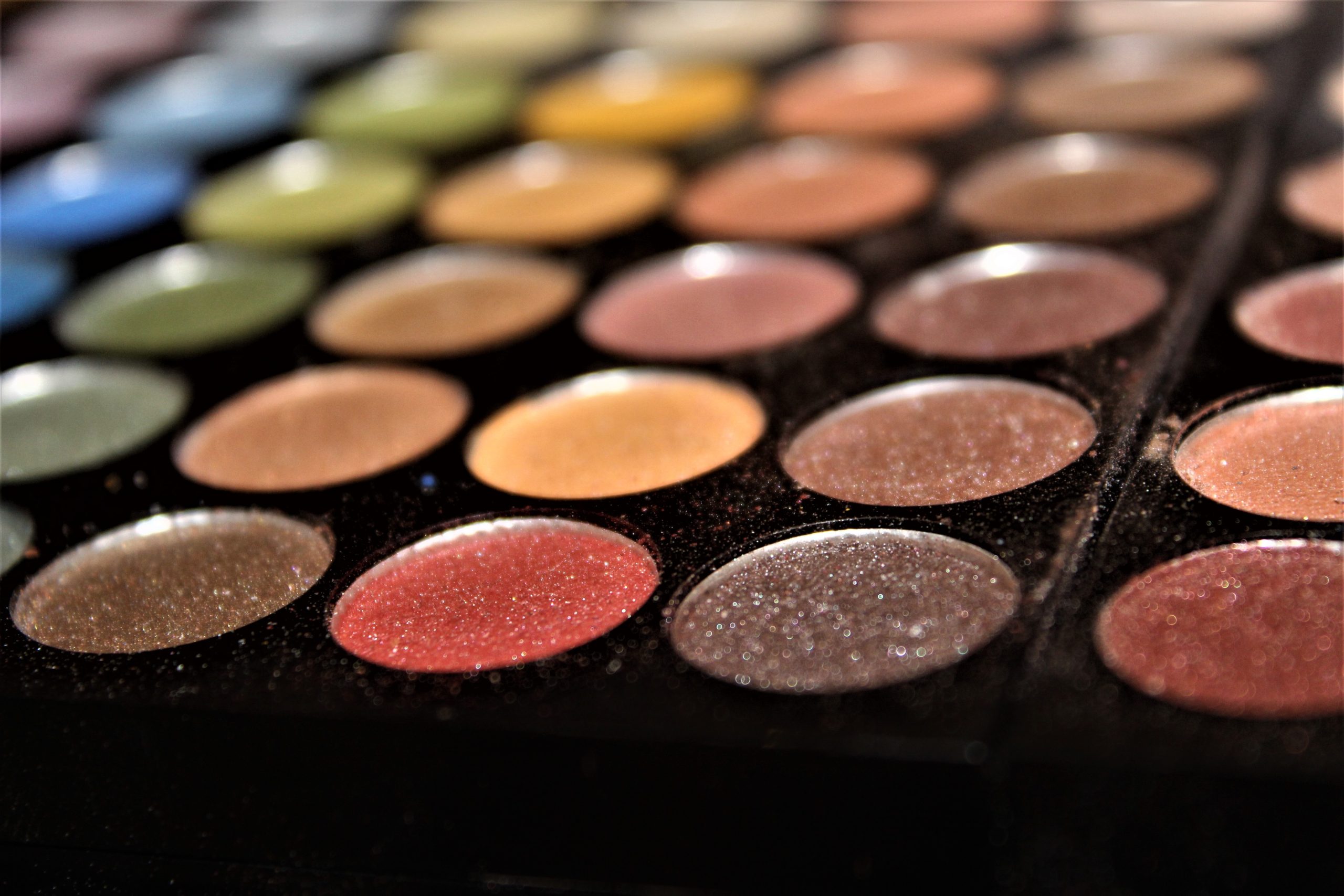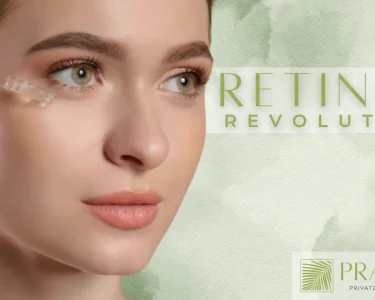Introduction:
Eye shadow mishaps may seem trivial in the grand scheme of things, but for some individuals, they can lead to significant emotional distress. From smudged liners to uneven blending, these cosmetic mishaps can shatter confidence and leave lasting impacts on one’s self-esteem. In this article, we delve into the world of coping with trauma from eye shadow mishaps, exploring the emotional toll they can take and providing strategies for healing and self-acceptance.
1. The Emotional Weight of Imperfection:
Eye shadow mishaps can evoke a range of emotions, from frustration and disappointment to embarrassment and self-consciousness. The desire for flawlessness, perpetuated by societal beauty standards, amplifies the emotional weight of these mishaps. Individuals may internalize the belief that their appearance reflects their worth, making any perceived imperfections in their eye shadow application feel like personal failures.
2. Breaking the Cycle of Self-Criticism:
In the aftermath of an eye shadow mishap, self-criticism can become a recurring pattern. Thoughts of inadequacy and self-doubt may flood the mind, further exacerbating the emotional distress. Breaking this cycle requires a shift in perspective and a kinder, more compassionate approach toward oneself. Recognizing that mistakes are a part of the learning process and embracing the journey of self-improvement can help alleviate the emotional burden.
3. Seeking Support and Validation:
Sharing one’s experience and seeking support from others can be instrumental in coping with trauma from eye shadow mishaps. Talking to trusted friends, family members, or beauty communities can provide validation, reassurance, and a sense of belonging. Connecting with individuals who have faced similar challenges can foster a supportive environment where experiences are normalized, reducing the isolation often associated with these emotional struggles.
4. Embracing the Learning Process:
Viewing eye shadow mishaps as opportunities for growth and learning can be transformative. Shifting the focus from perfection to progress allows individuals to embrace the journey and enjoy the process of experimentation. Recognizing that even professional makeup artists encounter mishaps can help normalize these experiences and promote self-compassion. Embracing mistakes as valuable lessons fosters resilience and empowers individuals to approach future makeup endeavors with confidence.
5. Cultivating Self-Acceptance and Inner Beauty:
Reframing beauty and self-worth beyond external appearance is essential for healing from eye shadow mishaps. Recognizing and embracing one’s inner beauty, unique qualities, and talents can help restore confidence and self-esteem. Engaging in self-care practices, such as mindfulness, affirmations, and gratitude, nurtures self-acceptance and shifts the focus toward holistic well-being. Celebrating individuality and finding beauty beyond the realm of cosmetics fosters a healthier relationship with self-image.
Conclusion:
Eye shadow mishaps may leave individuals feeling emotionally distressed, but it is crucial to remember that beauty is not defined solely by flawless application. Coping with trauma from these mishaps requires a compassionate and understanding approach. By breaking the cycle of self-criticism, seeking support, embracing the learning process, and cultivating self-acceptance, individuals can heal and find empowerment in the world of cosmetics. Remember, the true beauty lies in the journey toward self-discovery and self-love.




